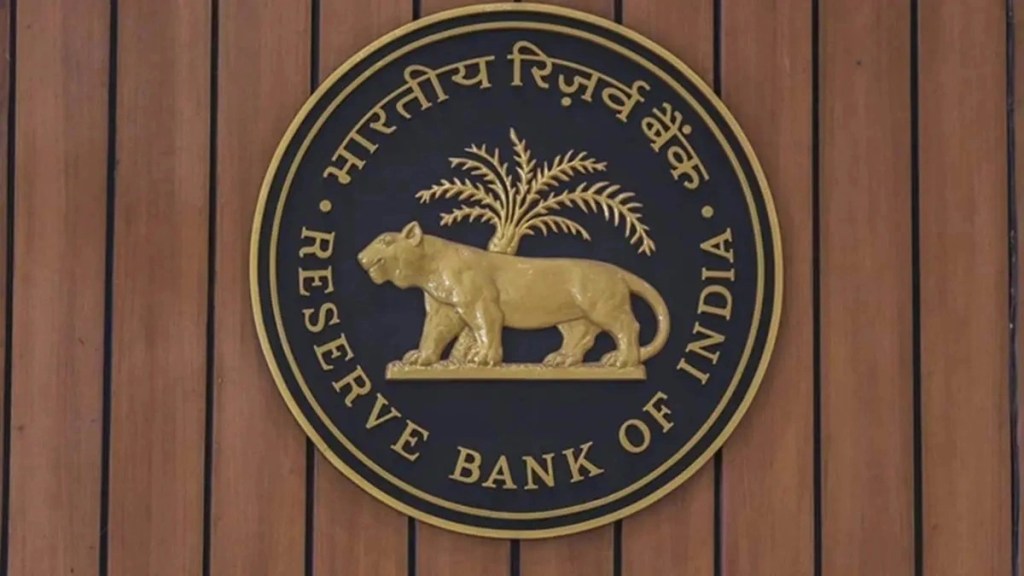India can achieve a growth of 7% in its real gross domestic product (GDP) in the next financial year, aided by the measures taken by the Centre in the Union Budget, the Reserve Bank of India said in its monthly bulletin on Friday. The projection is higher than the 6.4% GDP growth estimated by the RBI in its monetary policy on February 8.
“…taking the Economic Survey’s growth projection of 6.5% as the base, the Union Budget’s tax, capex and fiscal consolidation proposals can take India’s real GDP growth close to 7% in FY24 if they are effectively implemented,” the central bank said.
The saving on taxes (from the rejig of the exemption-free income tax regime) will boost spending by households on consumption, leading to a 15 basis points (bps) boost to the growth. The capital expenditure plan, along with the fiscal consolidation road map, can raise the growth rate of the economy by 10 bps.
The Union Budget, the central bank said, will expand the productive capacity of the economy by the thrust on capital expenditure, new technologies and by seizing the demographic dividend. The government increased the capital investment outlay for the third year in a row by 33% to Rs 10 trillion or 3.3% of GDP.
The fiscal deficit estimate is set at 5.9% of GDP for FY24, with a target of reaching 4.5% by FY26. The government also increased the exempted tax slab to Rs 7 lakh for the new regime and also reduced personal tax incidence on higher income citizens. The tax changes proposed in the Budget will put at least Rs 35,000 crore in the hands of households.
In the long term, the digital initiatives could lead to improvement in productivity that can raise potential growth by 10 bps per a year, nurturing the demographic dividend could raise potential GDP growth by 5-15 bps a year, and the green growth investment proposals are expected to add 100 bps of potential output by 2030.
The fiscal consolidation glide path could lead to average reduction in inflation of 26 bps per annum over the next five years and add 10 bps to potential growth. The fiscal consolidation process will likely accelerate, aided by increase in potential growth and the government debt is expected to be at 54.3% of GDP by 2027-28.
“India will decouple from macroeconomic projections of current vintage and also from the rest of the world. In our view, the instrument of decoupling will be the Union Budget, by raising India’s growth prospects over the period 2023-27 and raising India’s potential growth,” the RBI said.
Earlier, the monetary policy statement said that 2023 would probably be characterised by a milder global slowdown than earlier anticipated said but the trajectory remained unpredictable. “In India, domestic consumption and investment stand to benefit from stronger prospects for agricultural and allied activities, strengthening business and consumer confidence, and strong credit growth.
Supply responses and cost conditions are poised to improve even though inflation witnessed a rebound in January. The Union Budget 2023-24’s emphasis on capital expenditure is expected to crowd-in private investment, strengthen job creation and demand, and raise India’s potential growth,” the statement said.
India’s economic growth in real terms could slow to 6-6.8% (baseline rate of 6.5%), from an estimated 7% in the current fiscal and 8.7% last year, the Economic Survey 2022-23 had predicted. It said the inflation challenge in FY24 “must be a lot less stiff than it has been this year”, but added that the monetary and fiscal authorities would need to be as proactive and vigilant as they have been this year.
Having moved on after its encounter with the pandemic, the Indian economy returned to “the pre-pandemic growth path” in FY23 and is “prepared to grow at its potential in the medium term”, the survey said, pinning hopes mainly on structural reforms already undertaken.
For the medium term, the survey pegged average growth at 6.5%, and said the potential GDP growth would rise to 7-8%, without a specifying any timeframe.
The survey’s view of growth for FY24 is more optimistic compared with that of the IMF (6.1%), S&P (6%), Fitch (6.2%), Goldman Sachs (5.9%) and Nomura (5.2%).

